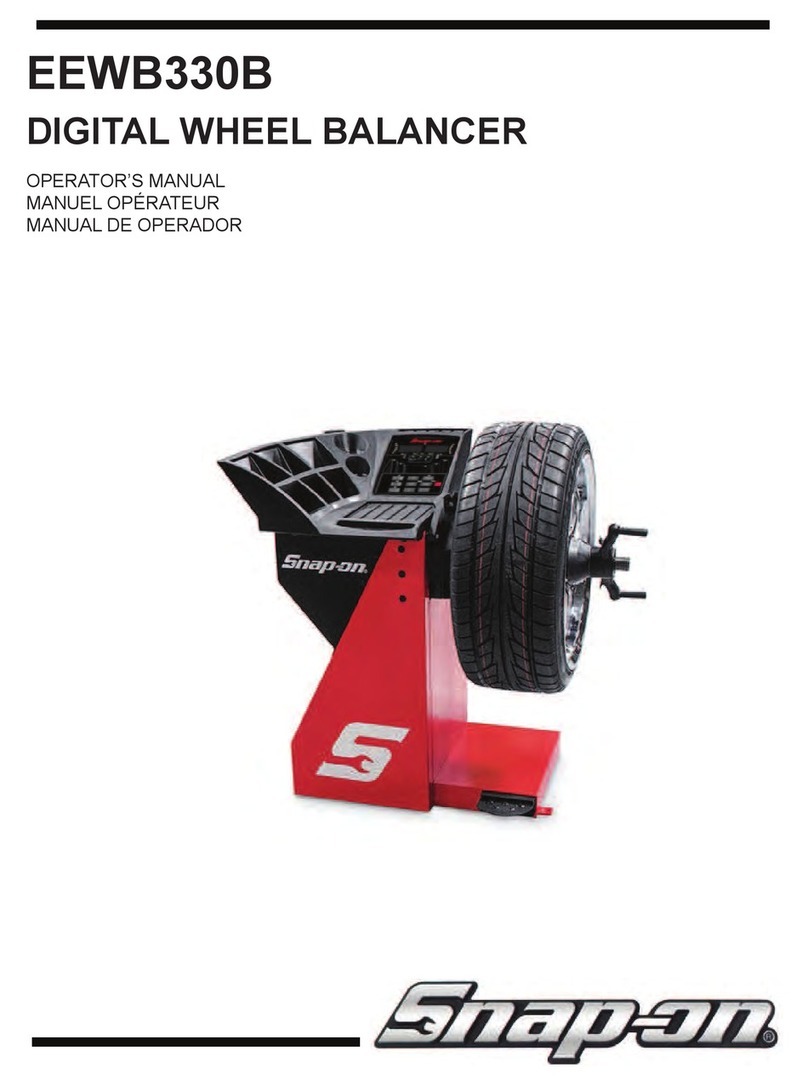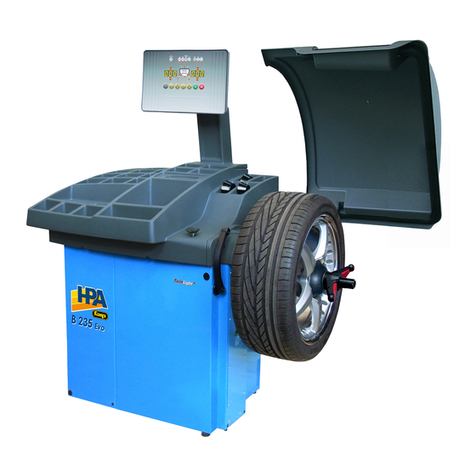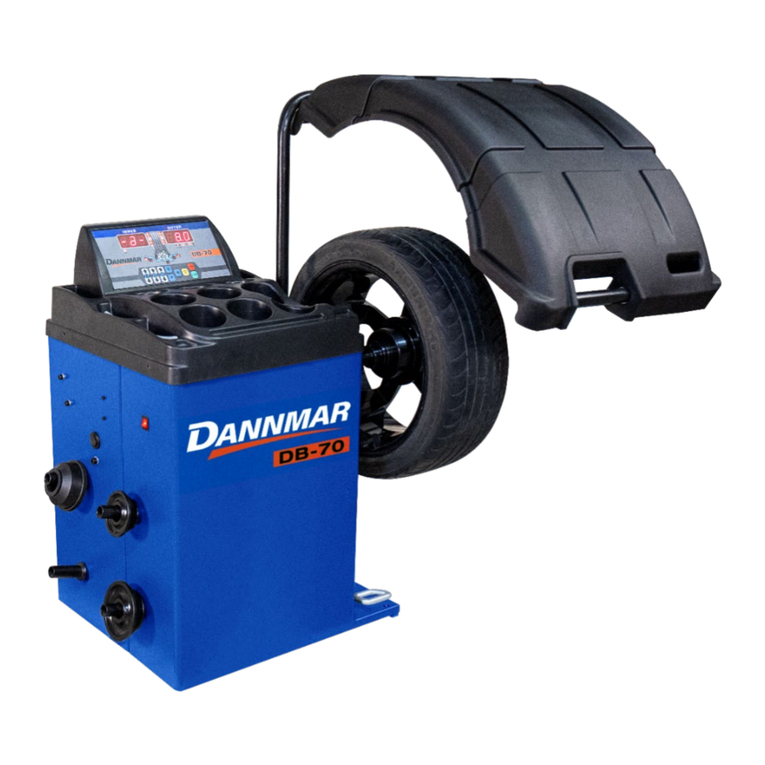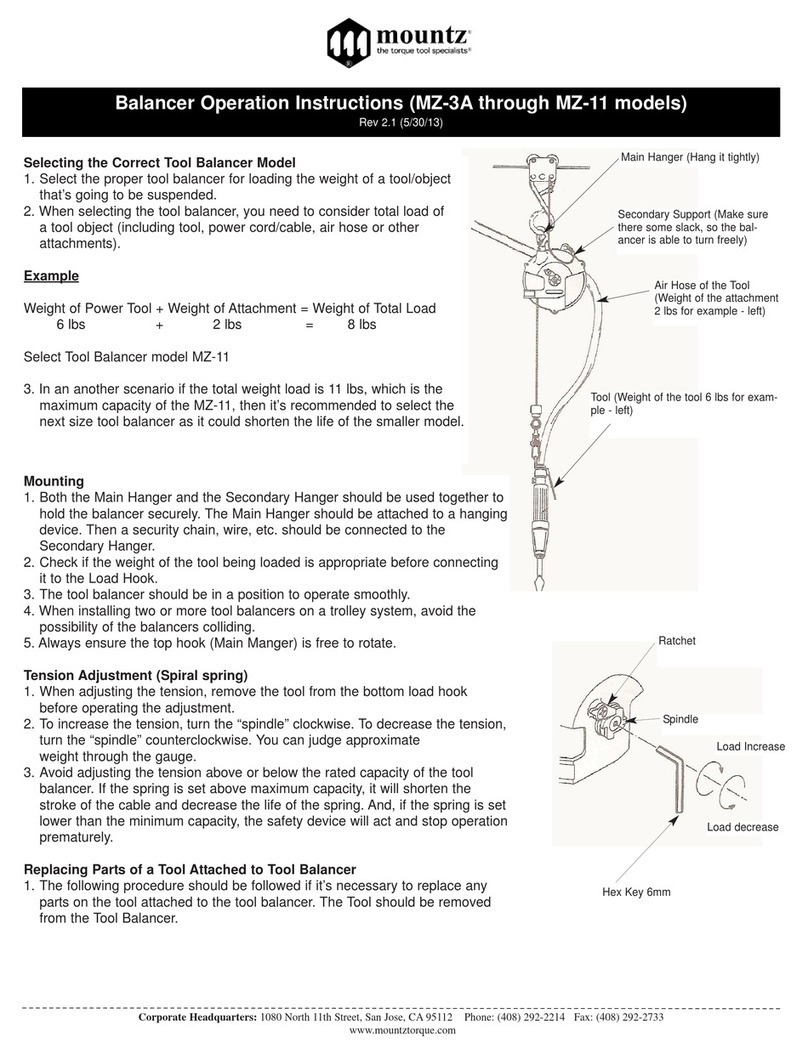Snap-On EEWB304B User manual
Other Snap-On Wheel Balancer manuals
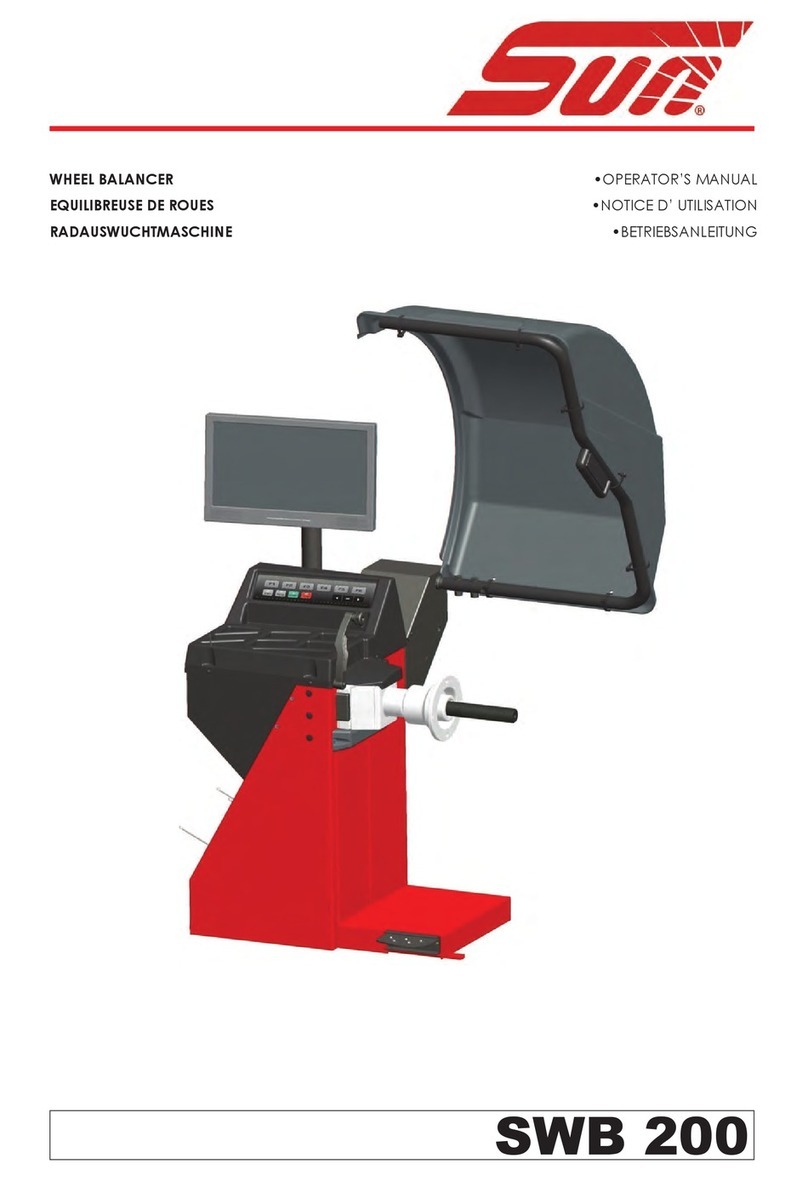
Snap-On
Snap-On Sun SWB 200 User manual

Snap-On
Snap-On EEWB331B User manual
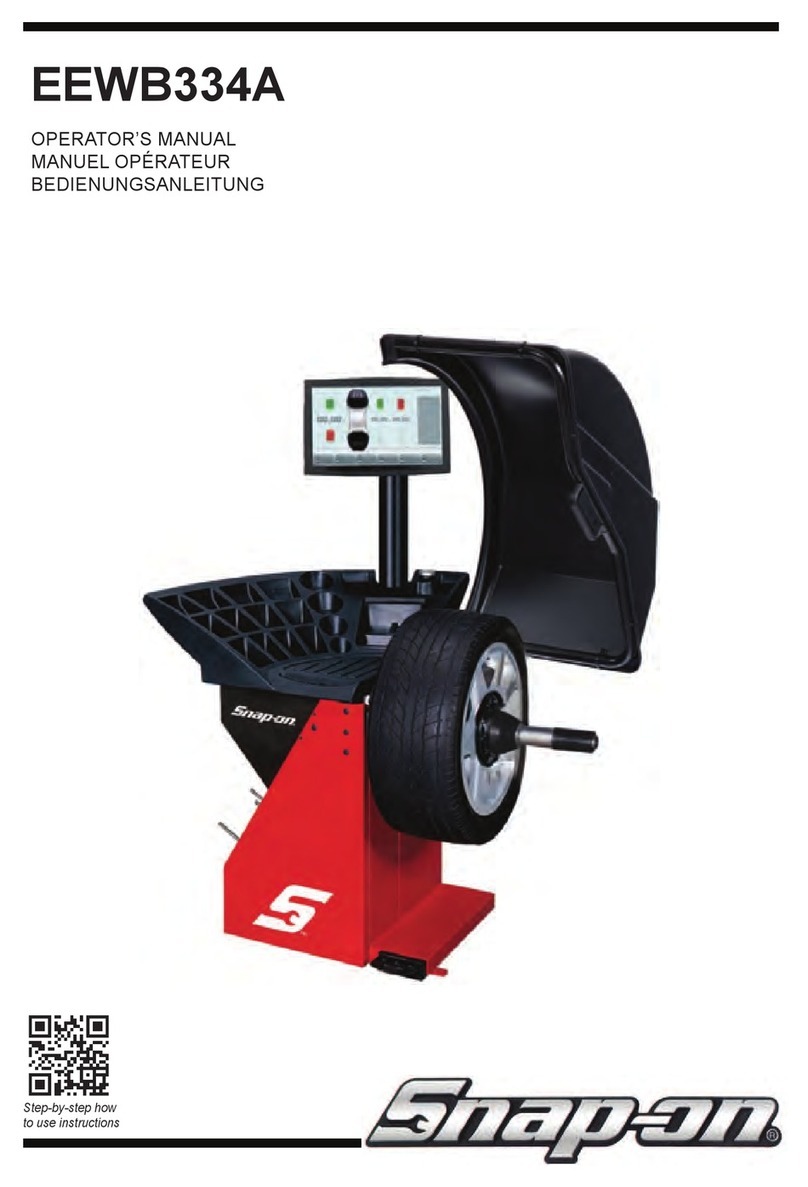
Snap-On
Snap-On EEWB334A User manual

Snap-On
Snap-On WBM250 User manual
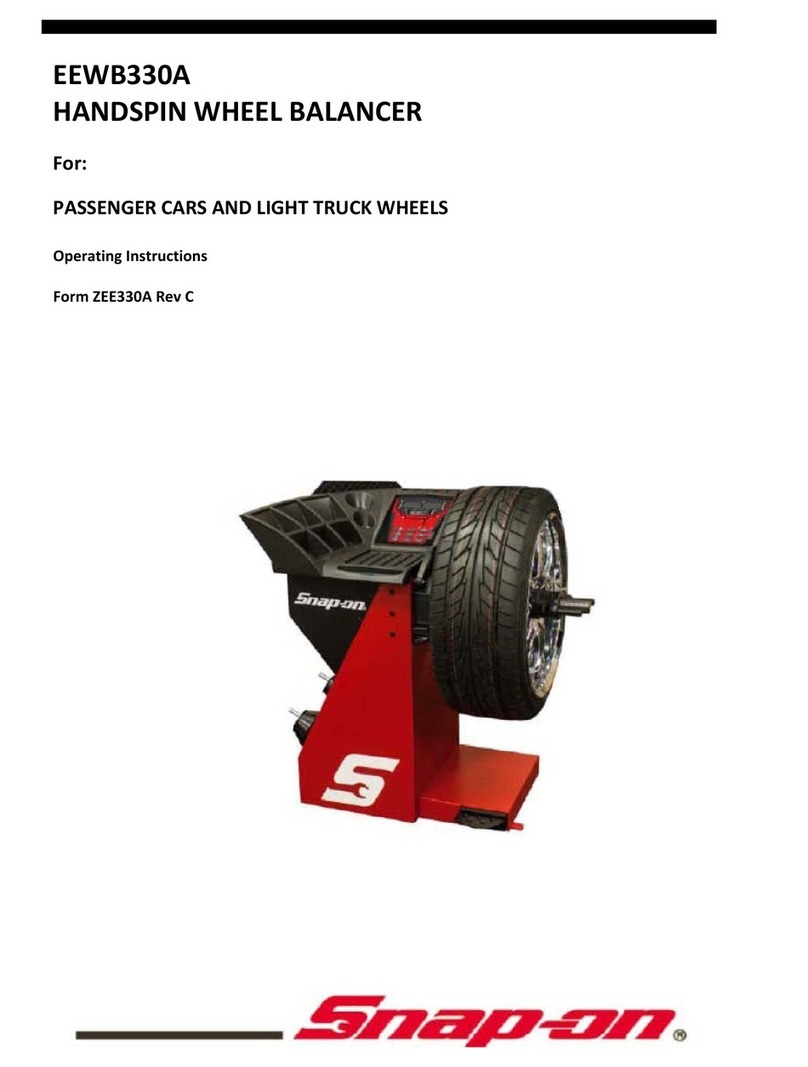
Snap-On
Snap-On EEWB330A User manual
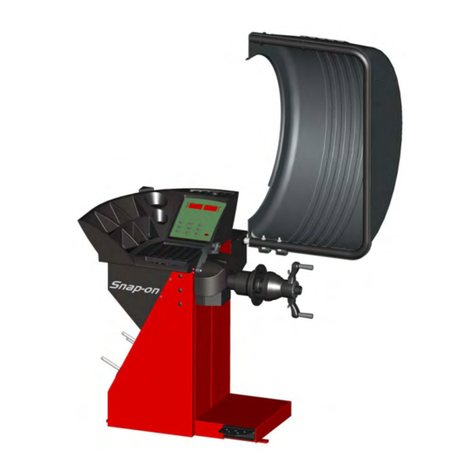
Snap-On
Snap-On SWB 20 User manual
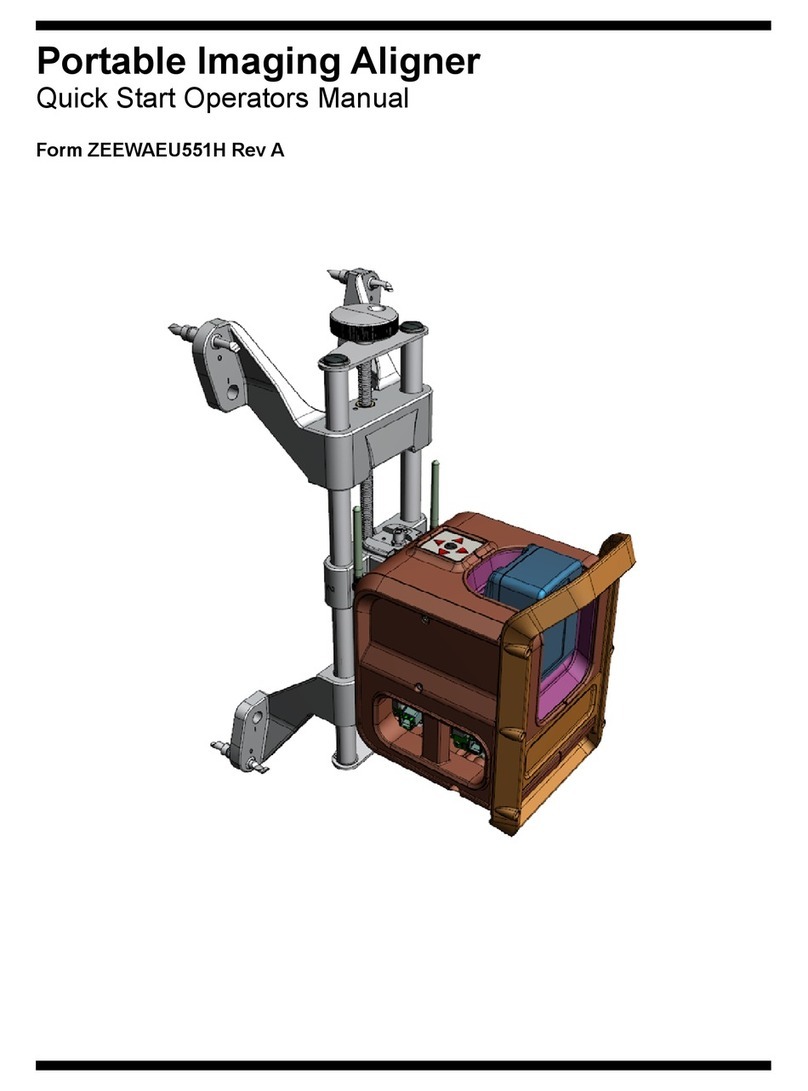
Snap-On
Snap-On EEWAEU551H Instruction manual
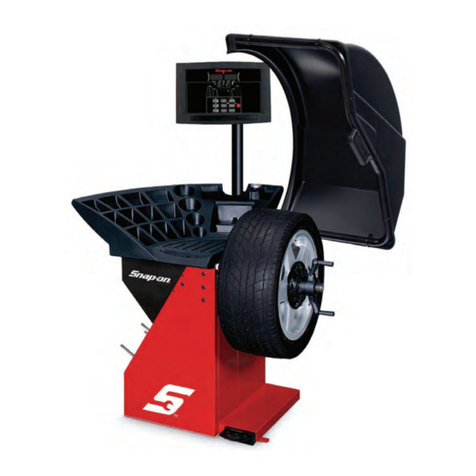
Snap-On
Snap-On EEWB332B User manual
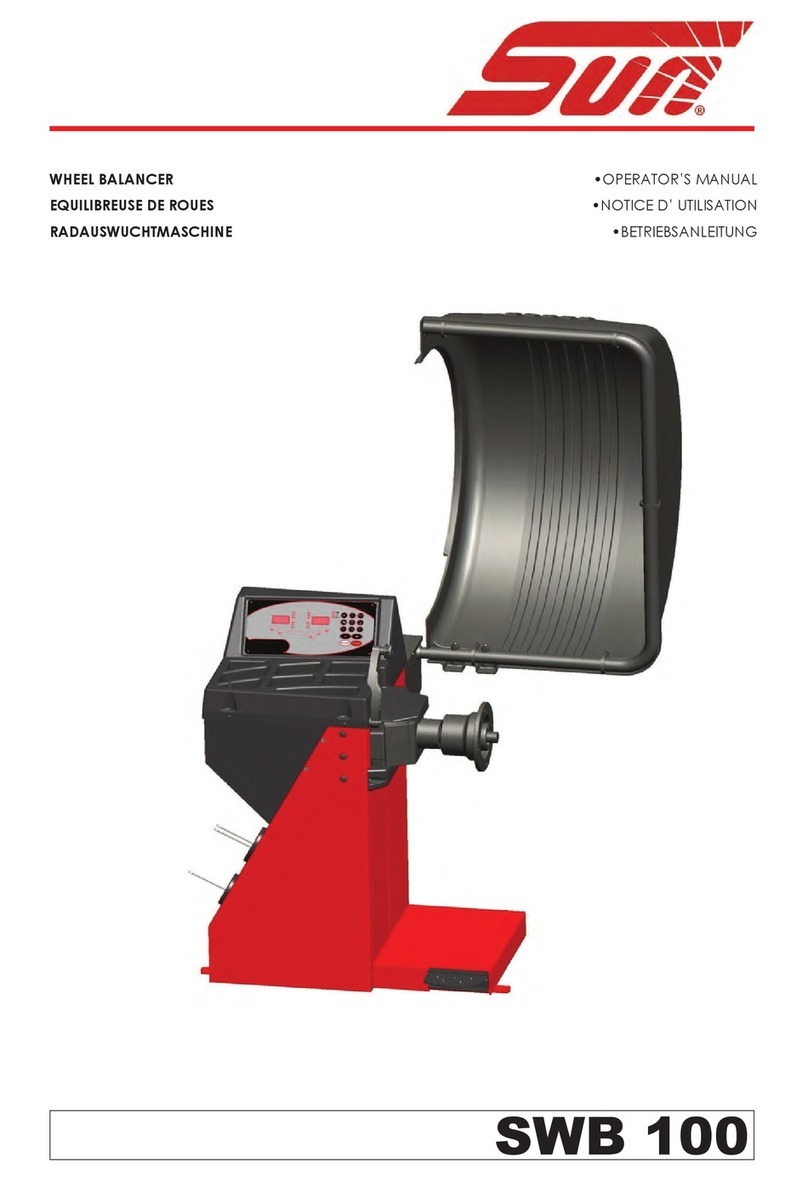
Snap-On
Snap-On Sun SWB 100 User manual
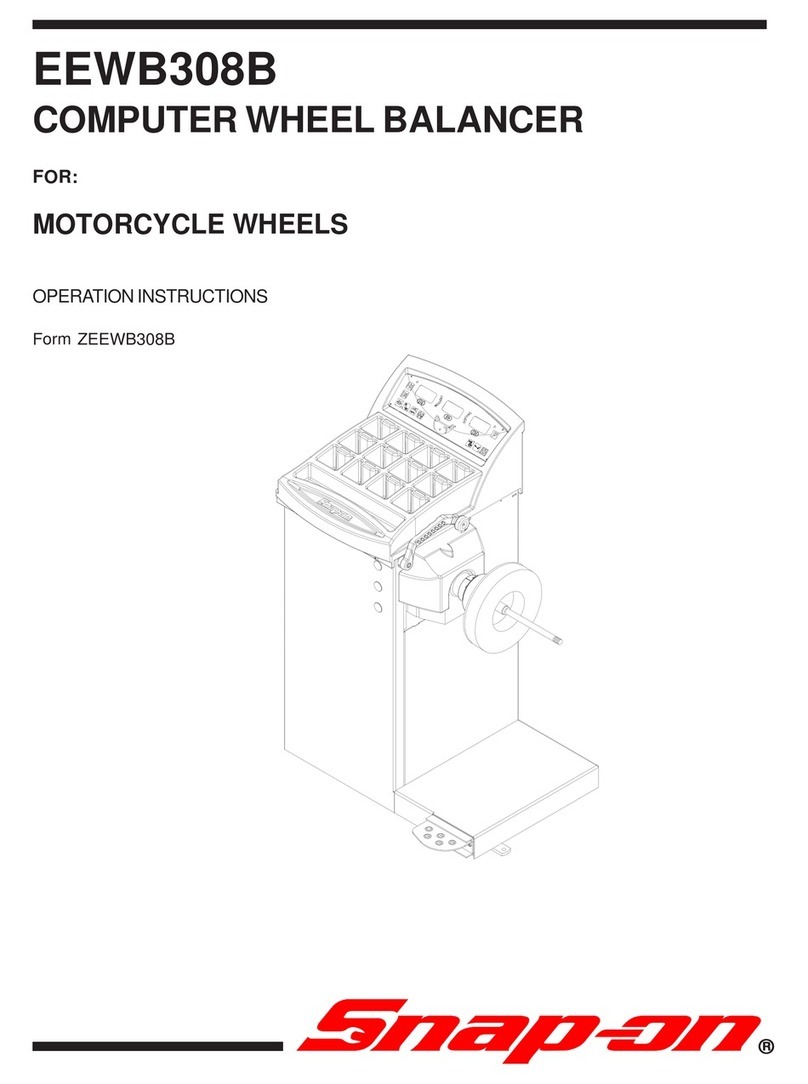
Snap-On
Snap-On EEWB308B User manual
Popular Wheel Balancer manuals by other brands
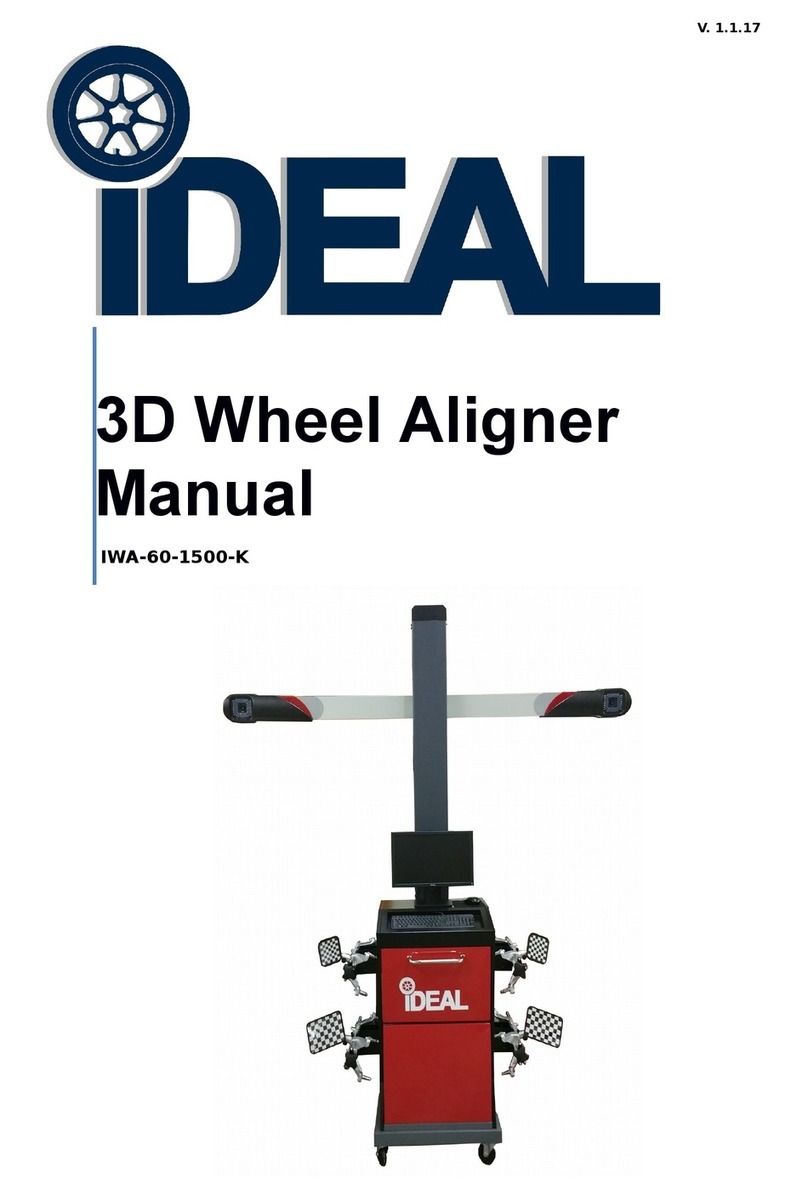
IDEAL
IDEAL IWA-60-1500-K manual
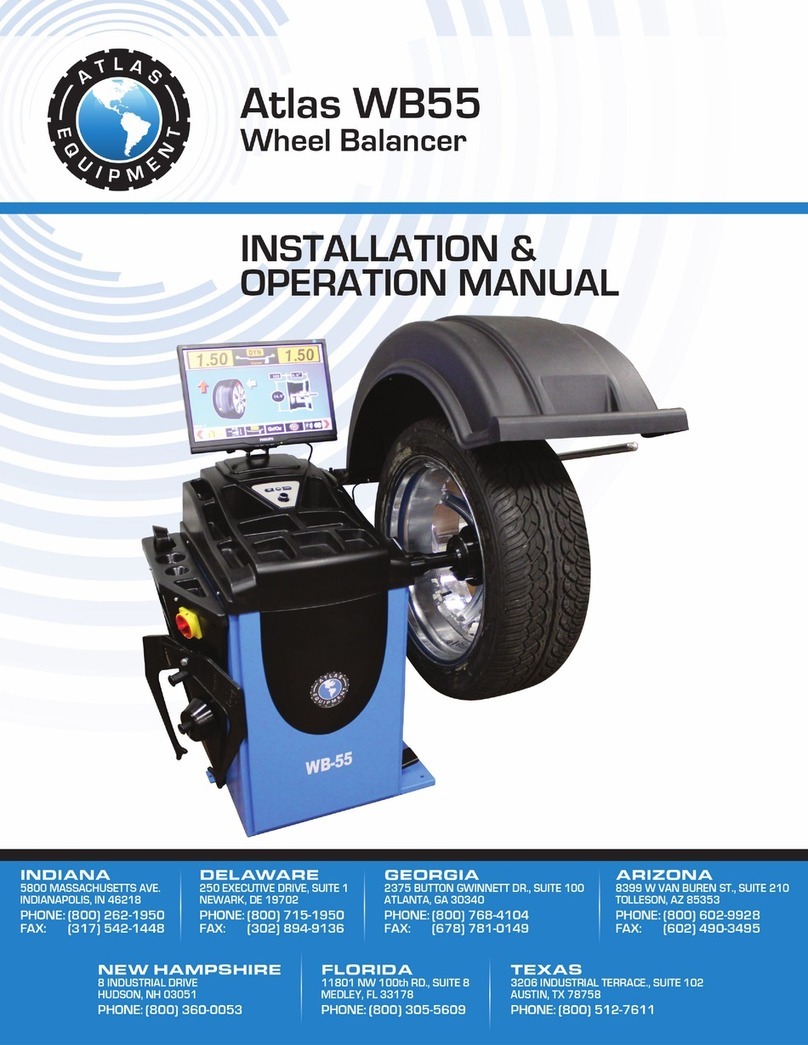
Atlas Equipment
Atlas Equipment WB55 Installation & operation manual
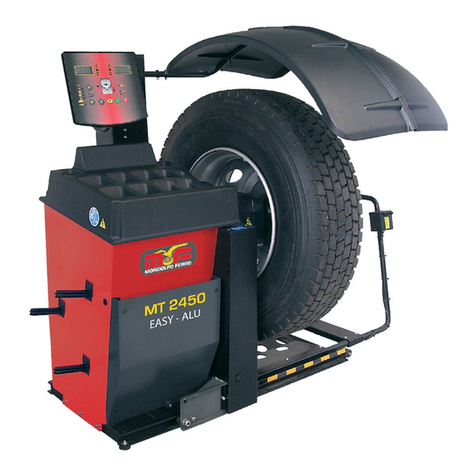
Mondolfo Ferro
Mondolfo Ferro MT 2450 Technical & service manual

Hofmann
Hofmann geodyna 6900-2p Operation manual
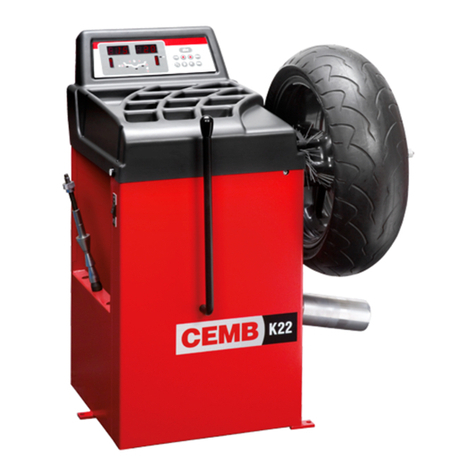
CEMB
CEMB K22 Use and maintenance manual
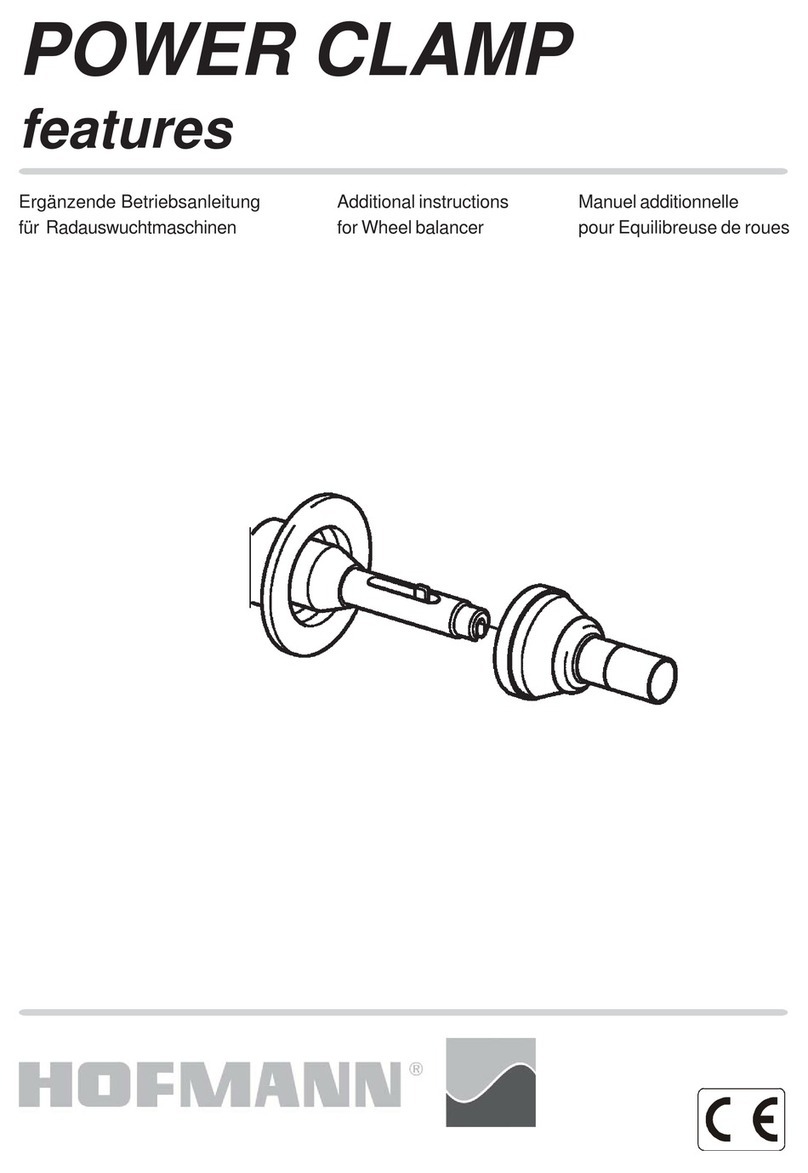
Hofmann
Hofmann POWER CLAMP features Additional instructions
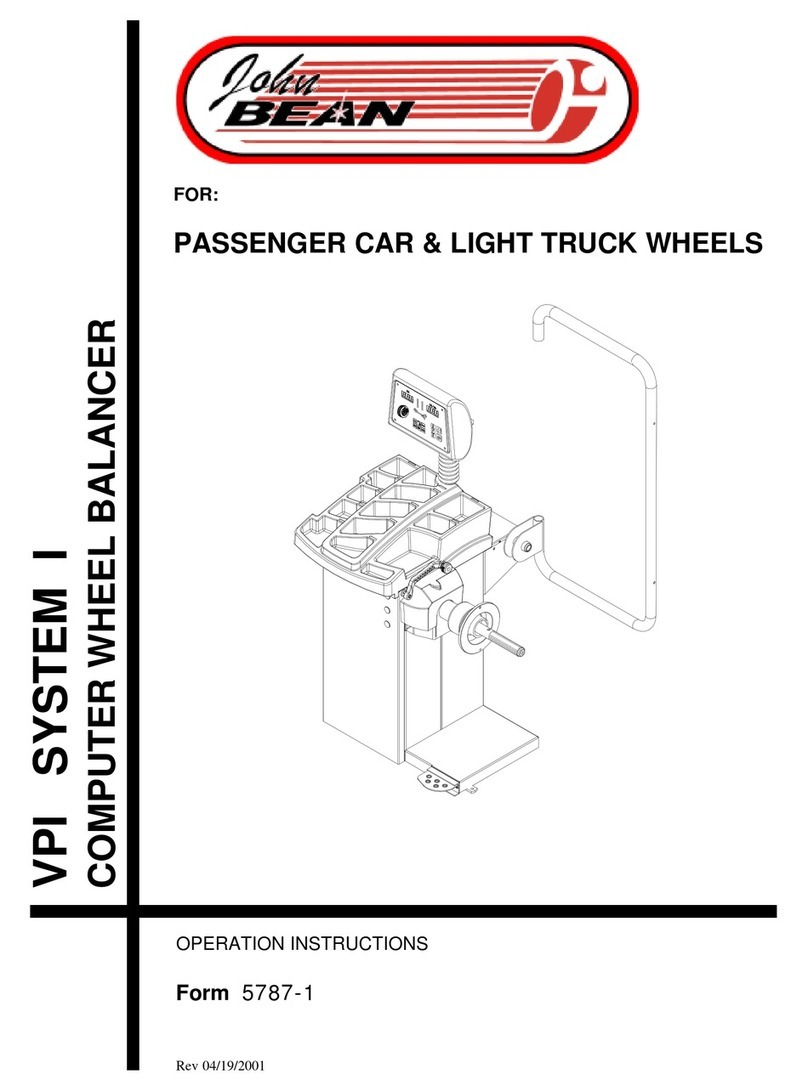
John Bean
John Bean VPI System Operation instructions

PREVOST
PREVOST BAL 250300F operating manual
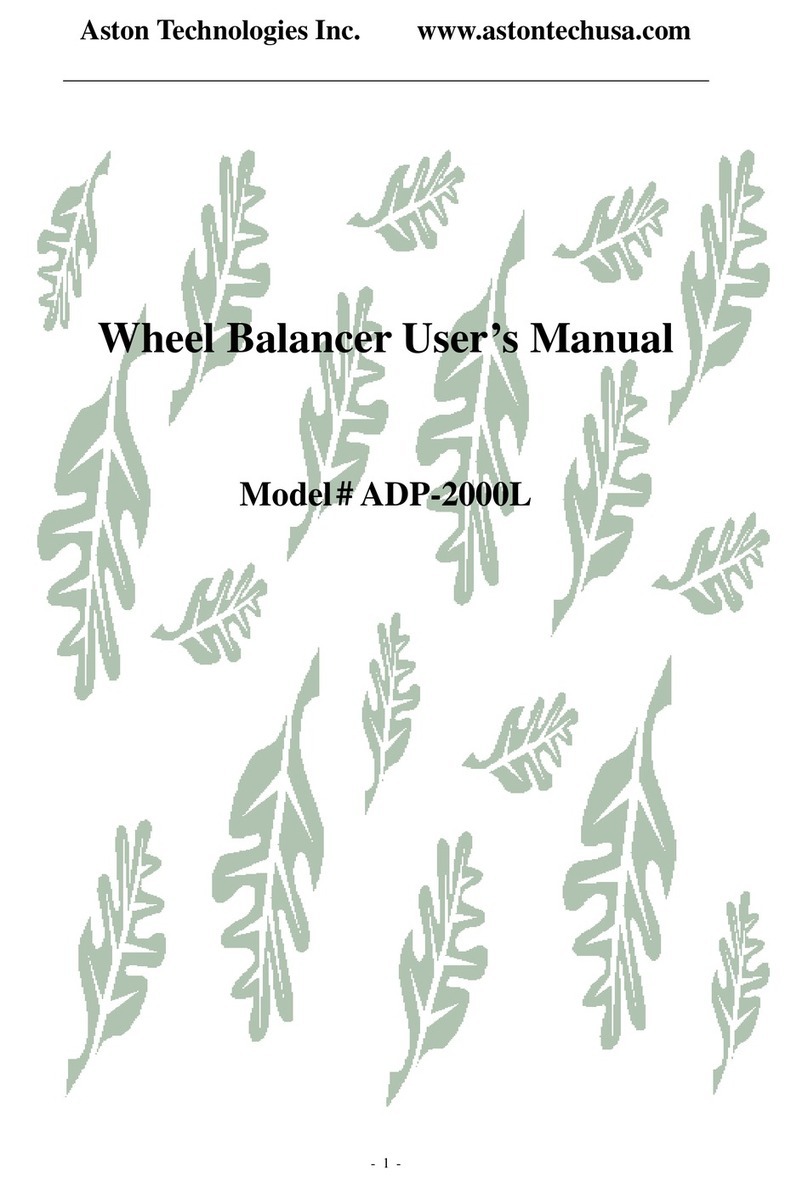
Aston Global
Aston Global ADP-2000L user manual
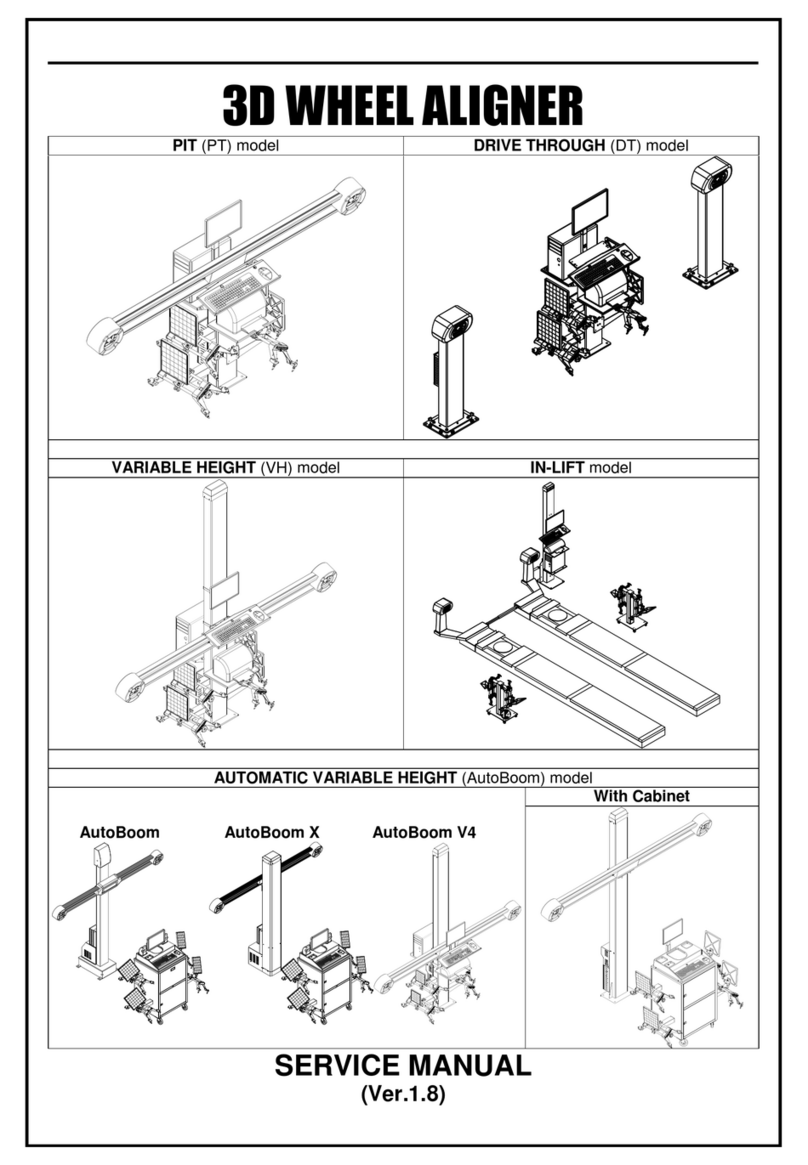
MANATEC
MANATEC Fox 3D Smart Mobile PT Service manual
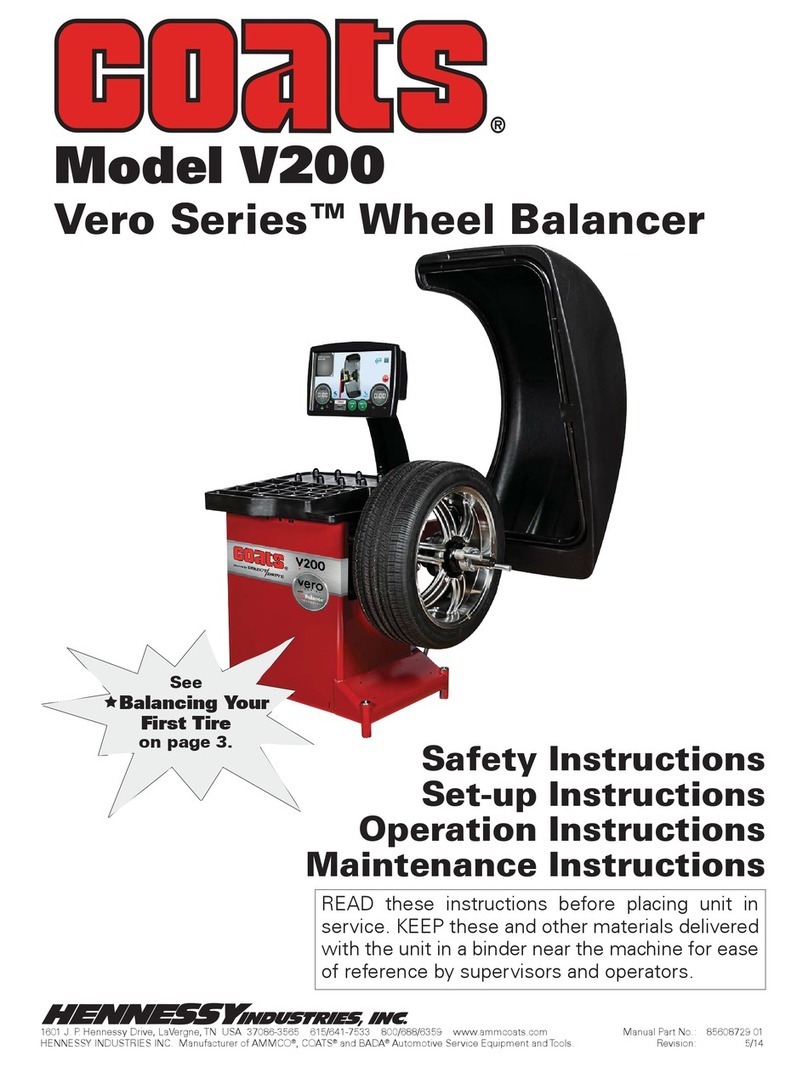
Coats
Coats Vero Series Safety, Setup, Operation & Maintenance Manual
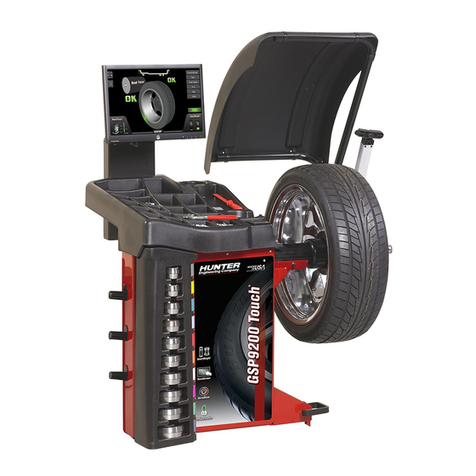
Hunter
Hunter SmartWeight Touch Operation instructions

